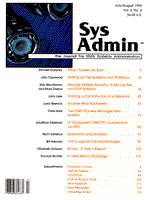
Figure 2: String definitions and macro invocations refer places in its output
____________________________________________________________ | Refer output | |______|______|_____________________________________________| |Name |Type | Explanation | |______|______|_____________________________________________| |[. |String| String to start label ([F) in text | |]. |String| String to end label ([F) in text | |[o |String| Open quotation marks | |[c |String| Close quotation marks | |[X |String| Text assigned to key-letter X | |______|______|_____________________________________________| |______|______|_____________________________________________| |[<< |Macro | Start of refer output, when flag -e specified| |]>> |Macro | End of refer output, when flag -e specified | |]- |Macro | Begin of bibliographic data in input | |][ A B|Macro | End of bibliographic data in input. This| | | | macro has 2 parameters when invoked: | | | | if A is 0 B is set to "other" | | | | if A is 1 B is set to "journal-article" | | | | if A is 2 B is set to "book" | | | | if A is 3 B is set to "article-in-book" | | | | if A is 4 B is set to "report"| |______|______|_____________________________________________|
|